In the ever-evolving landscape of Industry 4.0, where the marriage of digital innovation and manufacturing prowess propels us into new realms of industrial sophistication, the concept of Workplace 4.0 emerges as the vanguard of transformative change. As traditional factories give way to smart factories, the integration of cutting-edge technologies, from the Internet of Things (IoT) and Artificial Intelligence (AI) to automation, redefines not only the nature of production processes but also the very essence of how work is conducted on the shop floor.
At the heart of this digital revolution lies the imperative to seamlessly merge technology with the human workforce, creating an ecosystem where innovation becomes synonymous with operational efficiency. It is within this dynamic context that the role of Assistance Solutions takes centre stage. In the journey towards Workplace 4.0, these solutions emerge not merely as tools but as indispensable guides, enablers, and companions for the workforce navigating the complexities of this new industrial era.

This article delves into the intricate tapestry of Assistance Solutions within the context of Workplace 4.0 in the Smart Factory. It explores not only the definition and components of Workplace 4.0 but, more importantly, the pivotal role that these solutions play in overcoming challenges, enhancing productivity, and reshaping the very fabric of how smart factories operate.
As we embark on this exploration, we unravel the layers of technology woven into the fabric of Workplace 4.0, examine the challenges that smart factories face in their quest for digital transformation, and meticulously dissect the key features, benefits, and future trends that define Assistance Solutions. This journey is not just a technological inquiry; it's an exploration of how innovation becomes a driving force and how, in the era of Workplace 4.0, assistance isn't merely a support system but a cornerstone of success in the Smart Factory of tomorrow. Welcome to a narrative where technology and industry converge and where assistance solutions illuminate the path to a future where efficiency, adaptability, and human-machine collaboration reign supreme.
Contextualising Workplace 4.0
Workplace 4.0 encapsulates the seamless integration of advanced technologies, including the Internet of Things (IoT), Artificial Intelligence (AI), and automation, within the fabric of industrial environments. As we stand at the intersection of innovation and production, the implications of Workplace 4.0 extend far beyond the shop floor, shaping the very essence of smart factories.
The Unveiling of Smart Factories
In this blog post, we embark on a journey into the heart of Workplace 4.0, focusing specifically on the pivotal role of Assistance Solutions in the smart factory ecosystem. As the digital threads of connectivity weave through every aspect of manufacturing, the need for intelligent support mechanisms becomes paramount to navigate the complexities introduced by this revolutionary wave.
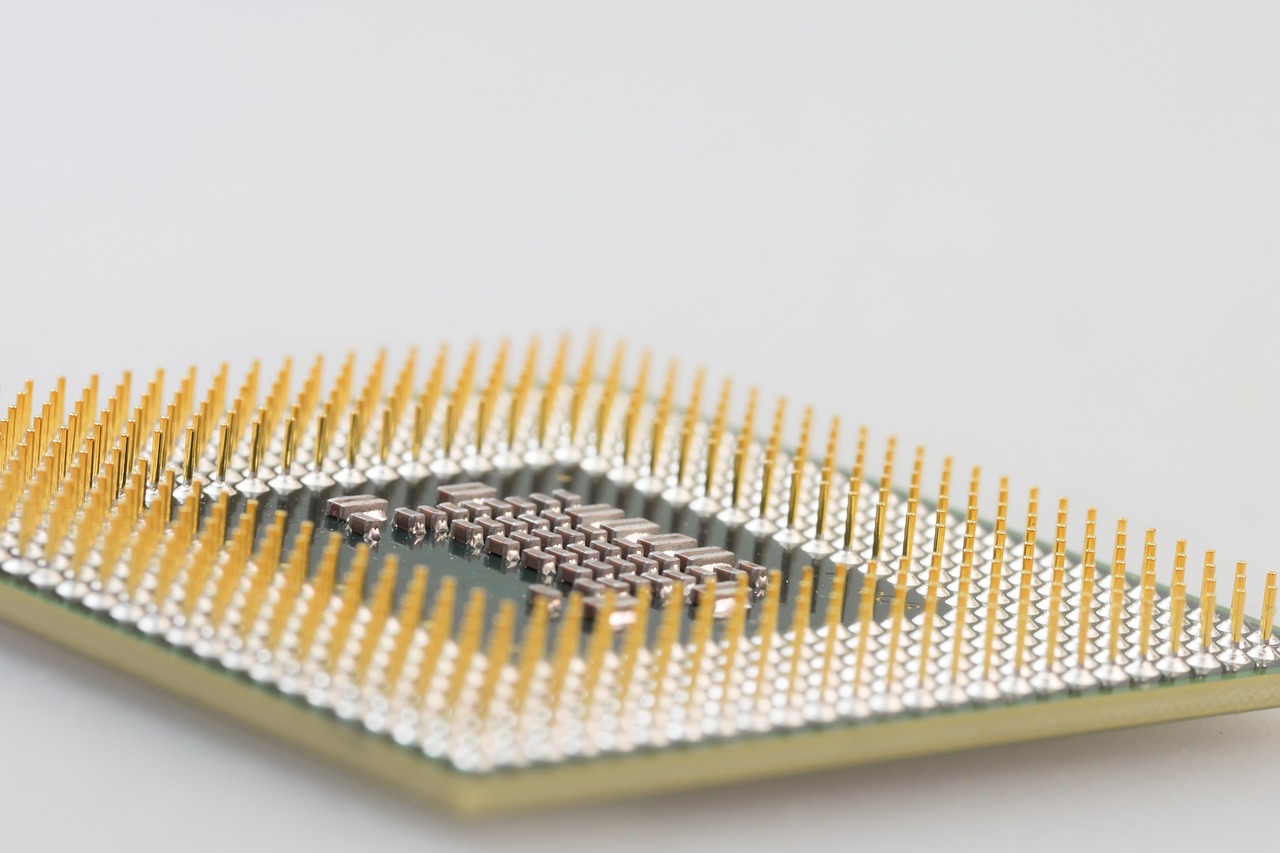
Significance of Assistance Solutions
Our exploration delves into the significance of Assistance Solutions, examining how they act as catalysts for efficiency, safety, and adaptability in the modern industrial setting. From real-time support systems to innovative technologies like augmented reality and wearable devices, these solutions are the linchpin in empowering the workforce to operate seamlessly in the era of Workplace 4.0.
Understanding the nuances of Assistance Solutions in the context of Workplace 4.0 is not just a technological inquiry; it's a strategic imperative. As we unpack the intricacies, challenges, and opportunities that lie ahead, we invite you to join the conversation and discover the transformative potential that Assistance Solutions brings to the forefront of smart factory evolution. Welcome to a future where innovation meets production and where assistance isn't just a support system but a cornerstone of success in the Smart Factory of tomorrow.
Understanding Workplace 4.0
As we delve into the realm of Workplace 4.0, it's essential to unravel the intricacies of this transformative paradigm and grasp the fundamental shifts it brings to the landscape of smart factories.
Defining Workplace 4.0
Workplace 4.0 represents the evolutionary leap from traditional manufacturing setups to an interconnected, intelligent, and data-driven ecosystem. It's not merely a progression in numerical terminology but a holistic redefinition of how we conceptualise and execute industrial processes. In essence, it signifies the convergence of cutting-edge technologies with industrial operations to create a more responsive, adaptive, and efficient workplace.
Key Components of Workplace 4.0
At the core of Workplace 4.0 are several key components that collectively redefine the manufacturing narrative. These components include the integration of the Internet of Things (IoT), where physical devices and machines are interconnected, sharing data in real time. Artificial Intelligence (AI) becomes the cognitive powerhouse, enabling machines to analyse data, make decisions, and learn from experiences, thereby fostering a level of autonomy in operations. Automation, another critical component, streamlines processes, minimising manual intervention and maximising precision. The synergy of these elements creates a dynamic and interconnected environment where data flows seamlessly, decisions are informed, and adaptability is inherent.
The Technological Tapestry
In modern factories, the integration of these technologies isn't a mere overlay; it's a comprehensive rewiring of the industrial fabric. Sensors embedded in machinery collect and transmit data, creating a web of interconnected devices. AI algorithms process this influx of data, offering once unimaginable insights. Automation takes these insights and translates them into actionable processes, optimising efficiency and reducing response times. This technological tapestry, woven with IoT, AI, and automation, is the foundation upon which Workplace 4.0 stands, ushering in a new era of intelligent manufacturing.
Impact on Industrial Operations
The integration of these technologies isn't just a trend; it's a necessity for staying competitive in the modern industrial landscape. It revolutionises not only how products are manufactured but how entire supply chains are managed. Real-time data analytics, predictive maintenance, and adaptive processes are not just aspirations; they're the new standards for success in smart factories embracing Workplace 4.0.
By understanding the intricate dance of these components, we gain insight into the profound changes underway in the manufacturing sector as it adapts to the demands of the digital age. This comprehension is pivotal as we navigate the Assistance Solutions designed to complement and enhance the capabilities introduced by Workplace 4.0.
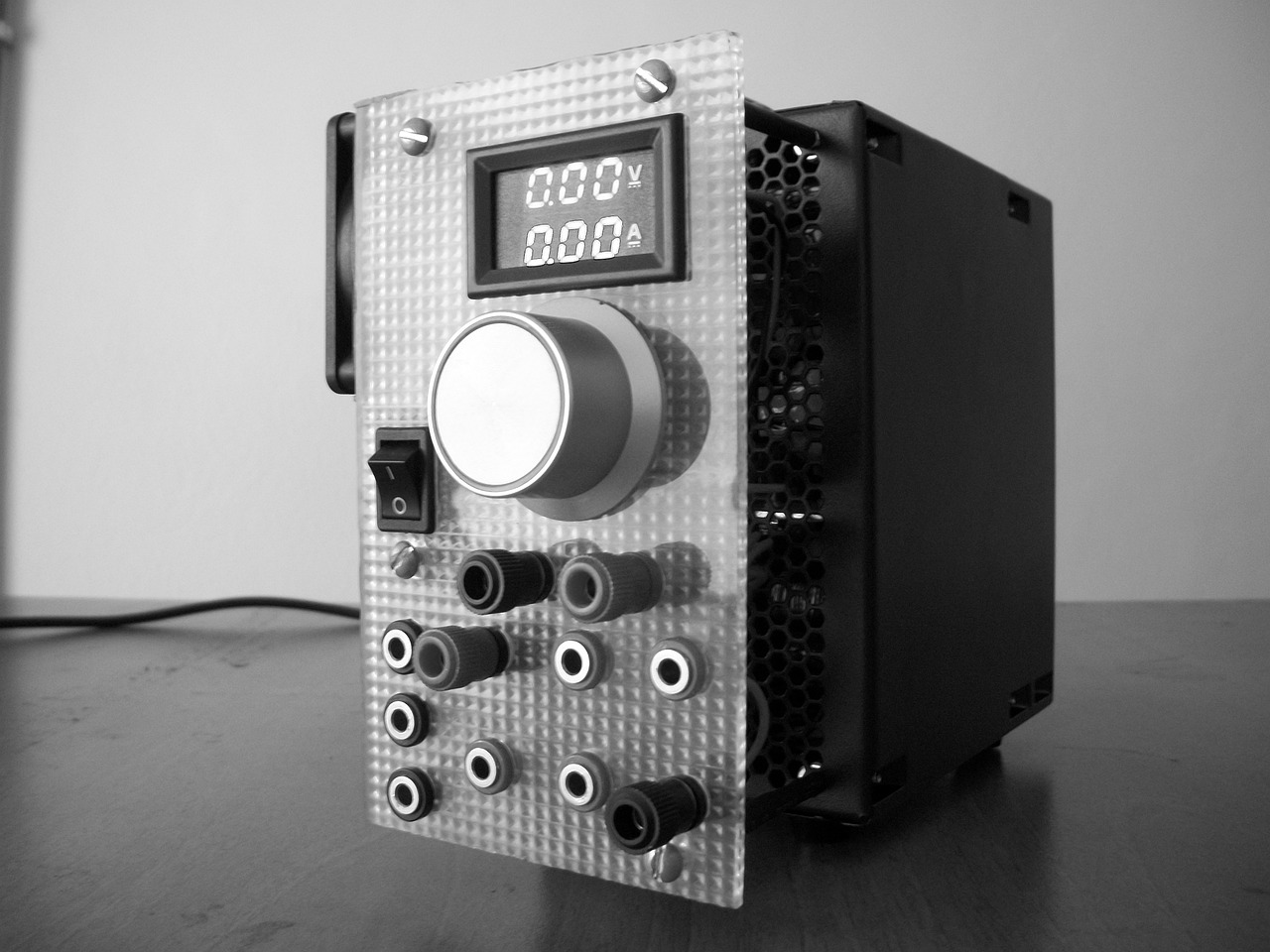
Challenges in the Smart Factory
As the curtain rises on the era of Workplace 4.0, smart factories find themselves at the forefront of a technological revolution that promises immense opportunities but is not without its set of challenges. Understanding and navigating these challenges is integral to unlocking the full potential of this transformative paradigm.
Identifying Common Challenges
Smart factories, in their pursuit of embracing Workplace 4.0, encounter a spectrum of challenges that demand careful consideration. One notable challenge is the integration of legacy systems with modern technologies. Many factories have existing infrastructures that were not initially designed to accommodate the level of connectivity and data exchange demanded by Workplace 4.0. This transition requires strategic planning to ensure a smooth integration that doesn't disrupt ongoing operations.
Another challenge lies in upskilling the workforce. The infusion of IoT, AI, and automation necessitates a workforce adept at navigating these technologies. This shift demands a commitment to continuous training and education, ensuring that employees can harness the full potential of the advanced tools at their disposal. Resistance to change within the organisational culture poses yet another challenge. Convincing stakeholders of the benefits and overcoming scepticism requires effective communication and a clear vision for the future.
Complexity of Modern Technologies
The very technologies that promise to propel smart factories into the future can also pose significant hurdles. The complexity of integrating and managing a myriad of interconnected devices and systems can lead to operational bottlenecks. The sheer volume of data generated by IoT sensors and the intricacies of AI algorithms demand robust data management strategies. Moreover, the need for cybersecurity measures becomes paramount, considering the increased vulnerability introduced by the interconnectedness of systems.
The intricacy of these technologies also introduces a layer of unpredictability. Machine malfunctions, software glitches, and the potential for data breaches are ever-present challenges. The dynamic nature of Workplace 4.0 demands a proactive approach to troubleshooting and problem resolution, requiring not only technical expertise but also the implementation of robust contingency plans.

Strategic Responses to Challenges
The first step is to recognise these challenges as inherent to the transition into Workplace 4.0. Smart factories must adopt a strategic approach that combines technological solutions with organisational adaptability. This involves comprehensive risk assessments, investing in cybersecurity measures, and creating a culture that values innovation and continuous learning.
Addressing the challenges head-on enables smart factories to transform these obstacles into stepping stones toward a more resilient and efficient future. As we delve into the realm of Assistance Solutions, understanding these challenges becomes pivotal, guiding the development of tools designed to alleviate and overcome the hurdles presented by the complexity of modern technologies in the smart factory ecosystem.
The Need for Assistance Solutions
In the intricate tapestry of Workplace 4.0, where technological advancements weave through every facet of smart factories, the role of assistance solutions emerges as a critical linchpin. As we navigate the challenges posed by this digital evolution, it becomes increasingly clear that these solutions are not just convenient add-ons; they are essential tools that can redefine how smart factories operate and how their workforce interacts with the evolving landscape.
Cruciality of Assistance Solutions
The transition to Workplace 4.0 introduces challenges that demand swift, adaptive, and intelligent responses. This is where assistance solutions come into play as indispensable assets. Their cruciality lies in their ability to address specific pain points within smart factories, offering support mechanisms that enhance operational efficiency, mitigate risks, and empower the workforce.
One key aspect where assistance solutions prove invaluable is human-machine collaboration. The increasing complexity of modern technologies can create a cognitive overload for human workers. Assistance solutions, infused with technologies like augmented reality (AR) and collaborative platforms, provide real-time guidance and support, ensuring that the workforce can navigate intricate processes with precision and confidence.
Technology as a Supportive Force
In the era of Workplace 4.0, technology transcends its traditional role as a mere tool; it becomes a supportive force that aids and augments human capabilities. Assistance solutions leverage this symbiotic relationship by seamlessly integrating with the existing technological infrastructure of smart factories. They act as navigators in the digital maze, offering contextual information, step-by-step guidance, and predictive insights that empower the workforce to make informed decisions.
Consider, for instance, the application of AR in troubleshooting machinery. Assistance solutions equipped with AR overlays can guide technicians through complex repair processes, highlighting components, providing relevant data, and facilitating efficient problem resolution. This not only reduces downtime but also enhances the factory's overall productivity.
Empowering the Workforce
Beyond addressing technical challenges, assistance solutions play a pivotal role in empowering the workforce. As smart factories invest in upskilling initiatives, these solutions become conduits for knowledge transfer. They facilitate continuous learning by providing on-the-job training, interactive tutorials, and access to a wealth of information, ensuring that employees stay abreast of the evolving technological landscape.
Moreover, assistance solutions foster a culture of collaboration and collective problem-solving. By bridging the gap between human expertise and machine intelligence, they create a synergy that is greater than the sum of its parts. This collaborative approach not only enhances the efficiency of individual tasks but also cultivates a sense of collective ownership and innovation within the workforce.
As we embark on this exploration of Assistance Solutions within the context of Workplace 4.0, it becomes evident that they are not just tools; they are transformative agents that elevate the capabilities of smart factories and their workforce in navigating the complexities of the digital age.

Key Features of Assistance Solutions
In the intricate dance between technology and industry within Workplace 4.0, assistance solutions emerge as dynamic tools equipped with a myriad of features tailored to the unique demands of smart factories. These features not only represent the cutting edge of innovation but, more importantly, serve as integral components in reshaping the very fabric of how smart factories operate.
Exploring Advanced Features
Assistance solutions within the smart factory ecosystem boast a diverse array of advanced features, each meticulously crafted to address specific challenges and streamline operations. Augmented Reality (AR) is a standout feature that provides workers with real-time visual overlays that enhance their understanding of complex machinery and processes. When integrated into assistance solutions, AR becomes a virtual guide, offering step-by-step instructions, identifying components, and aiding in troubleshooting.
Another pivotal feature is predictive analytics, driven by the power of Artificial Intelligence. By harnessing historical data and real-time insights, assistance solutions can predict potential issues in machinery, allowing for proactive maintenance. This predictive capability not only minimises downtime but also extends the lifespan of equipment, contributing to significant cost savings.
Collaborative platforms represent yet another key feature. These platforms facilitate seamless communication and knowledge-sharing among team members. Whether on-site or remotely, employees can collaborate in real-time, accessing shared information and collectively solving challenges. This feature becomes particularly vital in the context of a dispersed workforce or global supply chains, fostering a sense of unity and collective problem-solving.
Enhancing Productivity
The integration of these features collectively contributes to a substantial enhancement in productivity within smart factories. AR-guided workflows reduce the time spent on training and the learning curve for new tasks, enabling workers to adapt to changing processes quickly. Predictive analytics preemptively identifies potential disruptions, allowing for planned maintenance rather than reactive fixes. The result is a more streamlined and efficient workflow that optimises production cycles and minimises unexpected downtimes.
Boosting Efficiency
Efficiency is at the heart of Workplace 4.0, and assistance solutions play a pivotal role in achieving this objective. The real-time insights provided by these solutions enable quick decision-making, ensuring that processes are agile and adaptive. Collaborative platforms foster effective communication, breaking down silos and encouraging cross-functional collaboration. As a result, the entire manufacturing ecosystem becomes more responsive and finely tuned to the demands of the market.

Elevating Employee Satisfaction
Beyond the tangible improvements in productivity and efficiency, assistance solutions contribute significantly to employee satisfaction within smart factories. The empowerment that comes with access to augmented reality guidance and predictive insights fosters a sense of mastery and confidence among the workforce. The collaborative nature of these tools promotes a positive working environment where employees feel supported and engaged in their tasks. As a result, job satisfaction rises, turnover rates decrease, and the overall morale of the workforce sees a notable boost.
In essence, the key features of assistance solutions go beyond mere technological sophistication; they embody the promise of a more agile, efficient, and satisfied workforce within the context of Workplace 4.0. As we navigate the technological landscape, these features act as beacons, guiding smart factories towards a future where innovation and productivity harmonise seamlessly.
Implementation Strategies
The successful integration of assistance solutions within the dynamic framework of Workplace 4.0 demands a thoughtful and strategic approach. Here, we delve into practical tips and strategies that smart factories can employ to seamlessly implement these transformative tools, addressing key considerations such as employee training, technology integration, and scalability.
Comprehensive Employee Training
Implementing assistance solutions necessitates a robust training program that empowers the workforce to harness the full potential of these tools. Conduct comprehensive training sessions that cover not only the technical aspects of using assistance solutions but also emphasise their role in enhancing daily tasks. Provide hands-on experiences, simulations, and real-world scenarios to ensure that employees are adept at leveraging the features of these tools in their work. Continuous learning modules should be embedded to keep the workforce updated on new features and functionalities.
Technology Integration Roadmap
Develop a clear roadmap for the integration of assistance solutions into the existing technological infrastructure. Assess compatibility with legacy systems and ensure a seamless integration process. Collaborate closely with IT teams to address any potential challenges related to data security, system interoperability, and connectivity. Prioritise interoperability between different assistance solutions and existing software to create a cohesive and interconnected technological ecosystem.
Scalability and Flexibility
Consider scalability from the outset of the implementation process. Choose assistance solutions that can scale alongside the evolving needs of the smart factory. Scalability is not just about accommodating growth but also adapting to fluctuations in production demands. Ensure that the chosen solutions are flexible enough to accommodate changes in processes, workflows, and workforce dynamics. This flexibility is crucial in maintaining efficiency during periods of expansion, contraction, or technological upgrades.
User-Friendly Interface and Accessibility
The success of assistance solutions hinges on user adoption. Prioritise user-friendly interfaces that minimise the learning curve for employees. Intuitive design, clear navigation, and easily accessible support resources contribute to the seamless adoption of these tools. Ensure that assistance solutions are accessible across different devices and platforms to accommodate the diverse work environments within a smart factory.
Cross-Functional Collaboration
Promote cross-functional collaboration between departments involved in the implementation process. Establish clear communication channels between IT, operations, and training teams to ensure a unified approach. Foster collaboration between end-users and solution providers to gather feedback and insights that can inform continuous improvements. The success of assistance solutions relies on a collaborative effort that considers the diverse perspectives and requirements of all stakeholders.
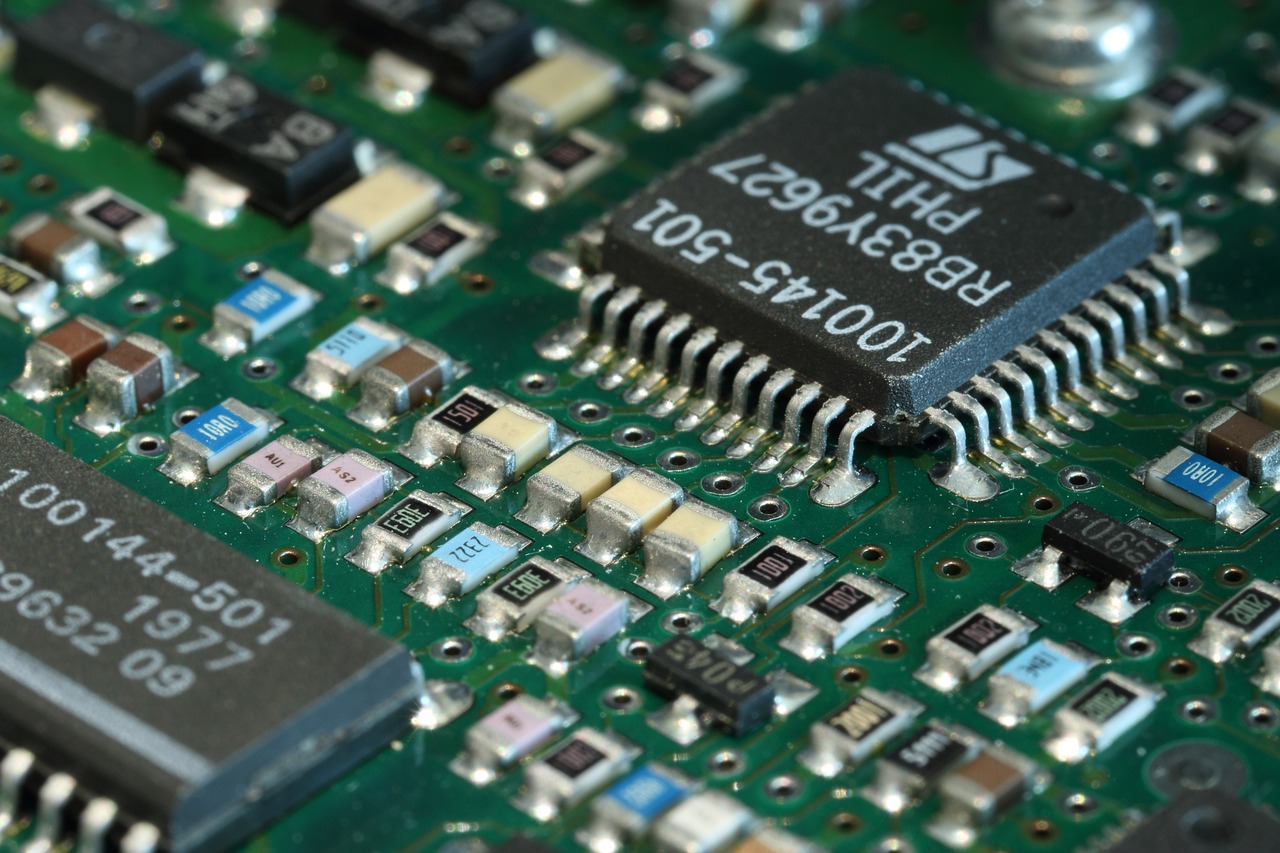
Continuous Evaluation and Optimization
Implementing assistance solutions is not a one-time event but an ongoing process of optimisation. Establish a system for continuous evaluation to monitor the effectiveness of these tools. Collect and analyse performance metrics, user feedback, and operational data to identify areas for improvement. Regularly update and optimise the assistance solutions based on evolving technological trends, industry best practices, and the changing needs of the smart factory.
By adopting these practical strategies, smart factories can navigate the complexities of implementing assistance solutions in a Workplace 4.0 setting. This approach ensures that the integration process is not only smooth and efficient but also sets the foundation for a continuously evolving and adaptive digital environment.
Benefits of Assistance Solutions
The adoption of assistance solutions within the context of Workplace 4.0 brings forth a multitude of advantages, extending beyond mere technological enhancements. These benefits not only redefine the operational landscape of smart factories but also contribute to a holistic improvement in employee well-being, safety, and overall business outcomes.
Improved Operational Efficiency
One of the primary benefits of assistance solutions lies in the remarkable improvement of operational efficiency. Augmented Reality (AR) guidance, predictive analytics, and collaborative platforms streamline workflows, reduce downtime, and enhance decision-making processes. The result is a finely tuned and responsive operational ecosystem where tasks are executed with precision, contributing to higher productivity and efficiency across the board.
Enhanced Employee Morale
The positive impact of assistance solutions on employee morale cannot be overstated. The empowerment that comes with these tools, providing real-time support, guidance, and access to valuable information, fosters a sense of mastery and confidence among the workforce. Employees feel more in control of their tasks, leading to increased job satisfaction and a positive work environment. The knowledge that they have the necessary tools to excel in their roles contributes significantly to a motivated and engaged workforce.
Augmented Workplace Safety
Assistance solutions play a pivotal role in augmenting workplace safety within smart factories. AR-guided workflows, for example, can provide real-time safety instructions, highlight potential hazards, and guide employees through procedures that prioritise safety. Predictive analytics can identify possible equipment malfunctions, enabling proactive maintenance and minimising the risk of accidents. As a result, the integration of assistance solutions contributes to a safer working environment, reducing the occurrence of accidents and injuries.
Accelerated Learning and Onboarding
Incorporating assistance solutions into training programs expedites the learning curve for new employees and facilitates ongoing skill development for existing staff. AR-based simulations, interactive tutorials, and real-time guidance enable faster onboarding and skill acquisition. This not only reduces the time and resources traditionally associated with training but also ensures that the workforce remains adaptable to evolving processes and technologies.
Data-Driven Decision-Making
Assistance solutions provide access to a wealth of data and insights, facilitating data-driven decision-making processes. Predictive analytics offer foresight into potential issues, enabling proactive decision-making to prevent disruptions. Real-time data access empowers employees at all levels to make informed choices, contributing to a more agile and responsive decision-making culture within the smart factory.
Positive Impact on Business Outcomes
The collective impact of improved efficiency, enhanced employee morale, workplace safety, and data-driven decision-making ultimately translates into positive business outcomes. Reduced downtime, increased productivity, and optimised operational processes contribute to cost savings and improved profitability. Moreover, the positive work environment fostered by assistance solutions can lead to higher employee retention rates, attracting and retaining top talent within the organisation.
In summary, the benefits of utilising assistance solutions in smart factories extend beyond operational enhancements, reaching into the realms of employee satisfaction, safety, and overall business success. As smart factories continue to evolve within the landscape of Workplace 4.0, these advantages underscore the transformative role that assistance solutions play in shaping a future where innovation and efficiency go hand in hand.
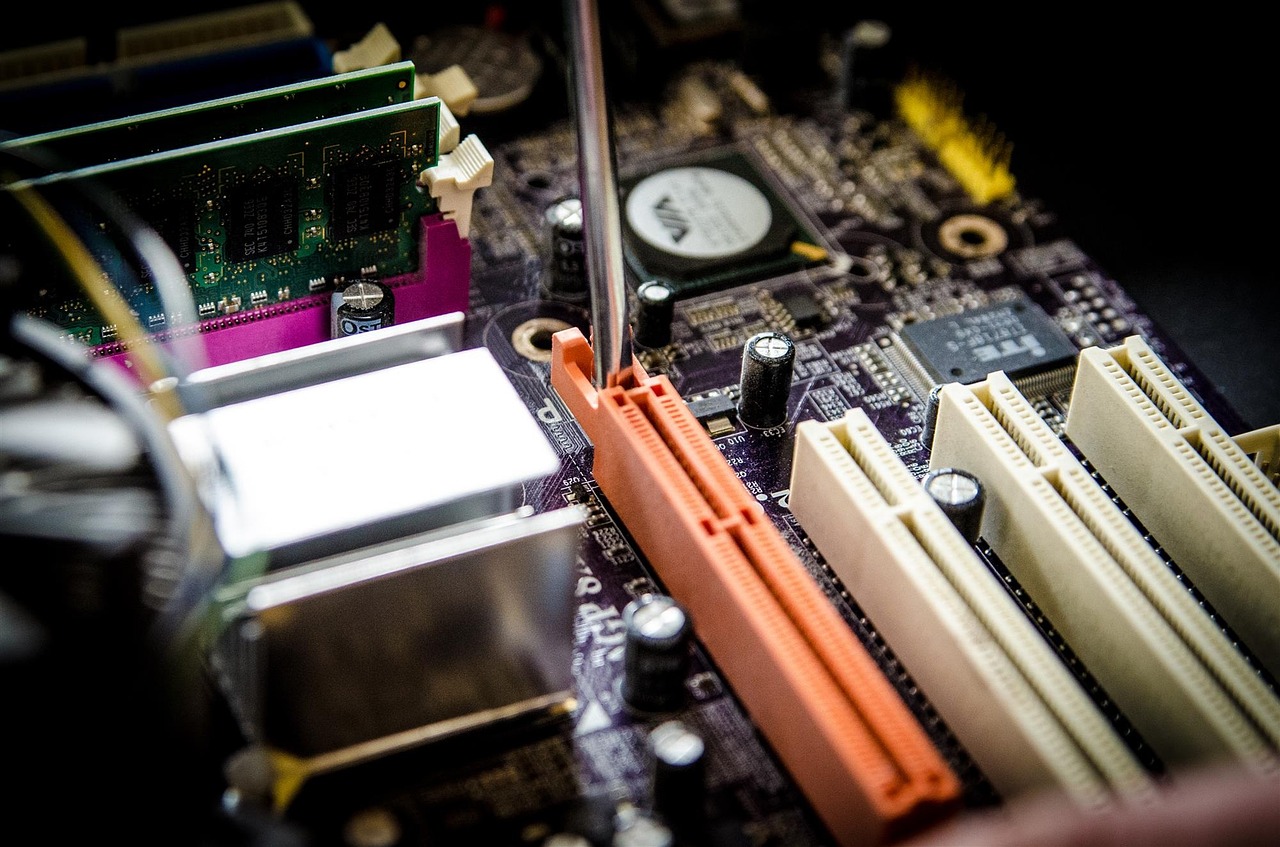
Future Trends and Innovations
As smart factories continue their journey into the digital frontier of Workplace 4.0, the landscape of assistance solutions is poised for further evolution. Emerging trends and innovations promise to reshape the very foundations of how technology supports and enhances operations within smart factories. Here, we delve into the exciting possibilities that lie ahead, exploring the future trends that are set to redefine the role of assistance solutions in the manufacturing realm.
Integration of Artificial Intelligence (AI) and Machine Learning (ML)
The integration of AI and ML is set to revolutionise assistance solutions, transforming them from reactive tools to proactive and predictive aids. Advanced algorithms will analyse historical data, learn from patterns, and anticipate potential issues in real time. This predictive capability will not only enhance maintenance practices but also optimise production schedules, contributing to a more efficient and agile smart factory.
Edge Computing for Real-Time Processing
The future of assistance solutions in smart factories involves leveraging edge computing capabilities for real-time data processing. By moving computational tasks closer to the source of data generation, assistance solutions can provide instantaneous responses and insights. This shift reduces latency, enhances responsiveness, and enables a more seamless integration of assistance features into time-sensitive processes.
Enhanced Augmented Reality (AR) Experiences
The evolution of AR in assistance solutions will offer more immersive and interactive experiences. Advanced AR technologies, such as spatial computing and gesture recognition, will provide workers with more intuitive interfaces. This heightened level of interactivity will contribute to a deeper integration of AR-guided workflows into daily tasks, further reducing the learning curve and enhancing overall efficiency.
Collaborative Robotics (Cobots)
The synergy between assistance solutions and collaborative robotics, known as cobots, represents a significant future trend. Assistance solutions will evolve to seamlessly integrate with cobots, facilitating a more cooperative and adaptable working environment. Human-machine collaboration will become even more sophisticated, with assistance solutions providing real-time guidance for optimal coordination between human workers and cobots.
Quantum Computing for Complex Problem-Solving
The advent of quantum computing holds the promise of solving complex problems at speeds and scales previously unimaginable. In the realm of assistance solutions, quantum computing can contribute to more advanced simulations, analytics, and problem-solving capabilities. This quantum leap in computational power will open new frontiers in optimising processes, managing vast datasets, and addressing intricate challenges within smart factories.
Enhanced Cybersecurity Measures
As assistance solutions become more integral to smart factory operations, the focus on cybersecurity will intensify. Future innovations will involve advanced encryption protocols, biometric authentication, and decentralised security architectures. These measures will ensure the integrity, confidentiality, and availability of data, safeguarding smart factories against evolving cyber threats.
Customisation and Adaptability
The future of assistance solutions will prioritise customisation and adaptability to meet the unique needs of diverse smart factories. Modular solutions that can be tailored to specific industries, processes, and workflows will become more prevalent. This trend ensures that assistance solutions seamlessly integrate into the varied landscapes of different manufacturing environments.
Human-Centric Design Principles
Future trends will prioritise human-centric design principles in the development of assistance solutions. Emphasis will be placed on creating interfaces that are intuitive, user-friendly, and considerate of the cognitive load on human workers. This human-centred approach ensures that assistance solutions enhance the overall experience for the workforce, promoting greater acceptance and utilisation.
In conclusion, the future of assistance solutions for Workplace 4.0 holds exciting prospects, driven by advancements in AI, AR, edge computing, collaborative robotics, quantum computing, cybersecurity, and human-centric design. As these trends converge, they will redefine the role of assistance solutions, shaping a future where smart factories are not only technologically advanced but also adaptive, resilient, and human-centric in their approach to innovation.
IMAGE 8
Conclusion
In the voyage through the intricate landscape of Workplace 4.0 and the transformative role of assistance solutions in smart factories, we've navigated through key concepts, challenges, and the myriad benefits that these tools bring to the forefront of industrial evolution. As we get this exploration to a close, let's recapitulate the pivotal insights and emphasise the crucial significance of adopting assistance solutions in the ever-evolving canvas of smart factories.
Summarising Key Points
Workplace 4.0 Redefines Manufacturing
Workplace 4.0 represents a paradigm shift, ushering in a new era where the fusion of advanced technologies like IoT, AI, and automation reshapes the traditional contours of manufacturing.
Challenges in the Digital Landscape
Smart factories embracing Workplace 4.0 encounter challenges, from integrating legacy systems to upskilling the workforce and overcoming resistance to change. The complexity of modern technologies demands strategic responses for seamless operations.
The Crucial Role of Assistance Solutions
Assistance solutions emerge as indispensable tools for addressing the challenges posed by Workplace 4.0. Equipped with advanced features like AR guidance, predictive analytics, and collaborative platforms, these solutions empower the workforce, enhance productivity, and contribute to a safer and more efficient work environment.
Employee Empowerment and Satisfaction
Implementing assistance solutions goes beyond operational enhancements. It positively impacts employee morale by fostering a sense of mastery, confidence, and job satisfaction. The tools not only streamline workflows but also contribute to workplace safety and provide a conducive environment for continuous learning and skill development.
Positive Business Outcomes
The collective benefits of assistance solutions translate into positive business outcomes. Improved efficiency, enhanced employee morale, and data-driven decision-making contribute to cost savings, increased profitability, and a competitive edge in the market.
Future Trends and Innovations
Looking ahead, future trends and innovations promise to elevate assistance solutions to new heights. From the integration of AI and machine learning to enhanced AR experiences, collaborative robotics, quantum computing, and advanced cybersecurity measures, these trends indicate a future where assistance solutions become even more sophisticated, customisable, and human-centric.
Emphasising the Importance of Adoption
The adoption of assistance solutions is not merely an option but a strategic imperative in the evolving landscape of smart factories. As we stand on the cusp of unprecedented technological advancements, these tools serve as catalysts for progress, enabling smart factories to not only navigate challenges but also unlock new realms of efficiency, safety, and innovation.
By embracing assistance solutions, smart factories position themselves at the forefront of technological innovation, ensuring that their workforce is not only adept at handling the complexities of Workplace 4.0 but is also empowered to thrive in this digital age. The strategic implementation of these tools is not just an investment in technology; it's an investment in the future resilience and adaptability of smart factories.
In conclusion, the journey through Workplace 4.0 and the realm of assistance solutions is an ongoing narrative. As we embark on this transformative trajectory, the significance of these tools becomes increasingly pronounced. The future belongs to those who innovate, adapt, and empower their workforce with the tools that define the next era of smart manufacturing.

 Let's dive right into how Iwoscan can reshape your manufacturing pipeline
Let's dive right into how Iwoscan can reshape your manufacturing pipeline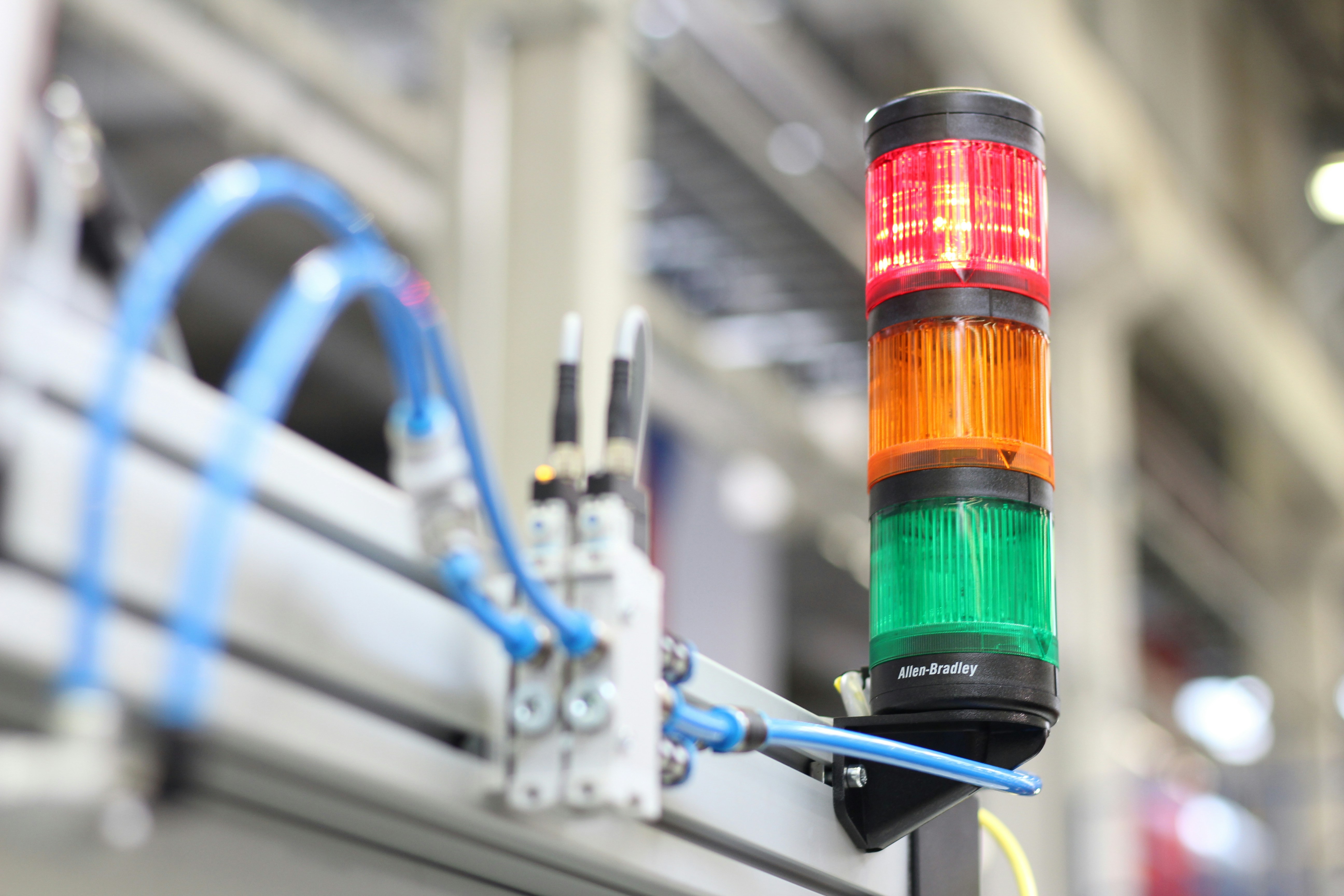
Comments
No comments yet!Add a Comment
You must be logged in to post a comment.